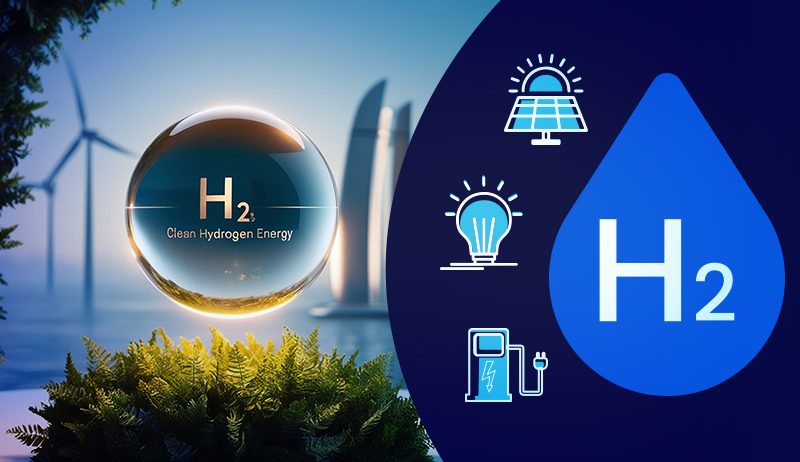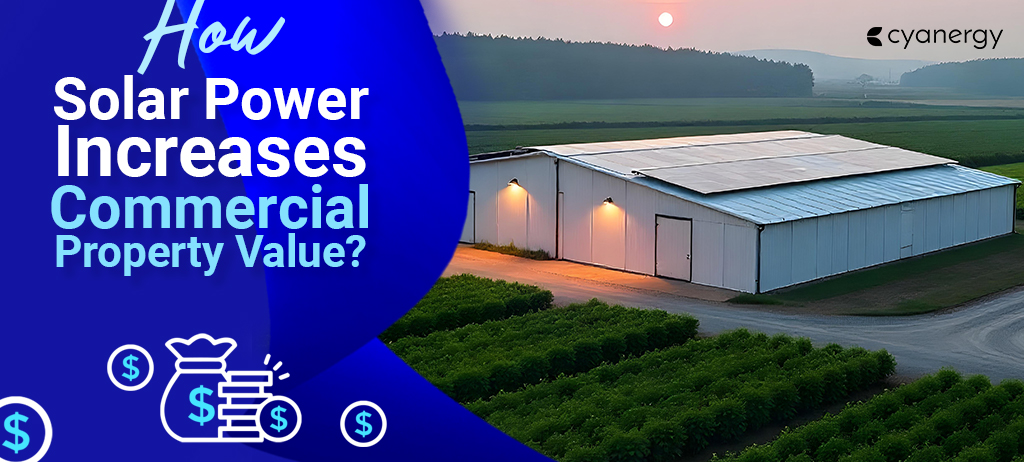Australia aims to become a leader in renewable energy, reduce carbon emissions, and boost clean energy exports to support regional and global efforts to reduce carbon.
Hydrogen produced in Australia will play a key role in achieving this goal. The country has plenty of natural resources to produce clean hydrogen for domestic use and global supply.
So, hydrogen as energy, is it the future of clean energy? The answer is simple. And the goal is to create a clean, innovative, safe, and competitive hydrogen industry that benefits everyone in Australia.
Since the launch of the National Hydrogen Strategy in 2019, $127 billion worth of hydrogen projects have been announced in the country. Let’s learn about hydrogen energy first.
What is Hydrogen Energy?
Hydrogen is the most abundant chemical element in the universe. It can be stored as a gas or liquid or combined with other substances. It has many uses, such as fuel for vehicles and heating, electricity storage, or as a raw factory material.
When hydrogen is made using renewable energy, it becomes a clean fuel with no emissions and serves as a way to store renewable energy for later use. Hydrogen can be stored as a gas and sent through existing natural gas pipelines.
It can also be turned into a liquid or combined with other materials like ammonia, making it possible to transport by trucks and ships. This allows hydrogen to be exported, turning it into an energy product that can be traded internationally.
Hydrogen Energy Australia
Like many other countries, Australia mainly uses hydrogen as a raw material in industrial processes. Using renewable hydrogen can help reduce emissions, especially in industries that require high temperatures.
Green hydrogen can also be used to make chemicals and fertilisers and in other heavy industries, transport, and support the electricity grid. It can be exported as liquefied gas or turned into other products, like green ammonia.
Hydrogen can also process Australia’s rich raw materials, like green iron or alumina. This way, hydrogen helps add renewable energy to green or low-emission products for export.
It can also serve as a sustainable fuel for heavy vehicles and aeroplanes and be blended into gas pipelines for home use.
The Australian Government, industry, and researchers have worked hard to explore the potential of renewable hydrogen in Australia. The government developed a National Hydrogen Strategy, which will be updated in 2023.
They have also launched the $2 billion Hydrogen Headstart Program to help expand large green hydrogen projects.
By 2040, Australia could export over 3 million tonnes of hydrogen each year, worth up to $10 billion annually to the economy.
The Future of Hydrogen Energy

For six years, Australia has been a leading agency driving hydrogen innovation in the country.
Australia has supported green hydrogen projects from early research stages to world-first commercial-scale deployments, aiming to scale up green hydrogen production, reduce costs, and strengthen the country’s hydrogen sector.
So far, Australia has provided $236 million to 43 renewable hydrogen projects, ranging from early research to deployment projects and studies.
These projects include hydrogen refuelling stations, hydrogen trucks, green ammonia production, hydrogen use in alumina refining, gas blending, and remote power generation.
In 2021, Australia committed funding to the first commercial-scale hydrogen electrolyser projects through the Hydrogen Deployment Round. The first project, Engie’s Project Yuri at Yara’s Pilbara fertiliser plant, reached a financial close in 2022 and is now under construction. Once completed, this facility will produce hydrogen for green ammonia production.
In 2022, Australia provided a $13.7 million grant towards Fortescue Future Industries’ $38 million front-end engineering and design (FEED) study.
The goal was to build one of Queensland’s largest renewable energy-powered electrolysers, which would power Incitec Pivot’s Gibson Island ammonia facility.
In 2023, Australia announced a second FEED study at Stanwell’s Gladstone facility. In April 2023, $25 million was allocated to the Hydrogen Research & Development (R&D) Funding Round to support research and development in renewable hydrogen production, storage, and distribution.
By 2023, Australia committed $50 million to HyGATE, an Australian-German joint initiative to deliver hydrogen projects in Australia.
The four projects funded under this initiative will support the technical viability of renewable hydrogen, focusing on reducing the costs of hydrogen production, transport, storage, and use.
Most recently, in the 2023-24 Federal Budget, the Australian Government established the $2 billion Hydrogen Headstart initiative, a revenue support program to scale up green hydrogen in the country.
The program aims to support two to three major renewable hydrogen projects, providing financial support for the operational costs of large-scale green hydrogen projects in Australia over ten years in the form of a production credit.
Australia has been allocated funding in the Federal Budget for the program design of Hydrogen Headstart. This will be conducted in collaboration with the Department of Climate Change, Energy, Environment, and Water and in consultation with industry.
Can Hydrogen as Energy Become the Future of Clean Energy?

Hydrogen has the potential to play a significant role in Australia’s clean energy future. It is a versatile fuel that can be used in many ways, like powering vehicles, generating electricity, and producing materials like steel and fertilisers.
Hydrogen is especially promising because it creates no emissions when produced using renewable energy sources, making it a very clean fuel.
Australia has many natural resources, such as sunlight and wind, that can be used to produce green hydrogen.
This makes Australia an excellent place for hydrogen production for local use and exporting to other countries. Using hydrogen can help reduce emissions in industries that are hard to create cleaner, like manufacturing and heavy transport.
The Australian Government’s investment in hydrogen projects makes it more affordable and widely available.
With initiatives like the National Hydrogen Strategy and the $2 billion Hydrogen Headstart program, Australia is working to scale up hydrogen production and make it a crucial part of the energy mix.
There are still challenges, like the high production costs and the need for better technology and infrastructure. Still, with continued investment and innovation, hydrogen has the potential to be a significant part of Australia’s clean energy future.
Renewable Hydrogen Australia| Clean Hydrogen
Unlike traditional hydrogen, clean hydrogen is produced with little to no greenhouse gas emissions. It is gaining much attention because of its potential to help reduce carbon emissions.
There are several methods to produce clean hydrogen, including:
Blue Hydrogen (Natural Gas with Carbon Capture and Storage):
This method uses natural gas and processes it through traditional steam methane reforming (SMR) combined with carbon capture and storage (CCS) to trap and store carbon dioxide underground.
This is the simplest way to make clean hydrogen since it uses existing production methods.

Green Hydrogen (Electrolysis):
Green hydrogen is made by splitting water into hydrogen and oxygen using electricity from renewable sources like wind or solar. The process can be entirely carbon-free if the energy comes from zero-emission sources, with oxygen as the only by-product.
Turquoise Hydrogen (Biomass Gasification with Carbon Capture and Storage):
This method heats biomass (such as plants or waste) without burning it to produce a mix of hydrogen, carbon monoxide, and carbon dioxide.
The carbon dioxide is then captured and stored underground. This method can produce harmful emissions if the biomass is sourced sustainably, like waste.
White/Natural Hydrogen (Geologic):
This hydrogen comes directly from the Earth’s subsurface and can be extracted using techniques similar to those used for oil and gas. Though it was once considered rare, new studies suggest vast amounts of this natural hydrogen could exist.
Pink Hydrogen (Nuclear):
Pink hydrogen is made like green hydrogen but uses nuclear instead of renewable energy. This method can also directly use high-temperature nuclear heat to split water into hydrogen and oxygen.
Each of these methods is cleaner than the traditional way of making hydrogen from fossil fuels, making them promising options for reducing carbon emissions.
Hydrogen Technology in Australia
Hydrogen technology is rapidly growing in Australia as the country explores ways to use hydrogen as a clean energy source.
Different methods can produce hydrogen, but Australia focuses on creating “green hydrogen,” which uses renewable energy like solar or wind power.
This process splits water into hydrogen and oxygen using an electrolyser, producing a clean fuel without carbon emissions.
Australia is investing in various hydrogen technologies, including:
Electrolysers:
These are machines that use electricity from renewable sources to produce green hydrogen. Australia is working on scaling up electrolyser projects to produce hydrogen on a larger and more affordable scale.
Hydrogen Fuel Cells:
These cells convert hydrogen into electricity, making them useful for powering vehicles such as cars, buses, and trains. Hydrogen fuel cells are seen as a clean alternative to traditional fossil fuels.
Storage and Transport:
Hydrogen can be stored as a gas or liquid and transported through pipelines or trucks. Technologies are being developed to store and move hydrogen efficiently and safely, which is crucial for domestic use and export.
Hydrogen Blending:
Hydrogen can be mixed with natural gas and used in existing pipelines for heating and cooking. This helps reduce emissions from natural gas and provides a way to use hydrogen more widely.
Industrial Use:
Hydrogen can replace fossil fuels in industries like steel production and refining, making these processes cleaner. Australia is also exploring hydrogen’s use in making green ammonia, which can be used as fertiliser or as a way to store and transport hydrogen.
Australia’s government, industries, and researchers are heavily investing in hydrogen technology, with various projects and funding initiatives to make hydrogen a vital part of the energy landscape.
The goal is to make hydrogen more cost-effective and integrate it into everyday use, helping Australia reduce carbon emissions and transition to a cleaner energy future.
To read more informative blogs like this, contact Cyanergy.







